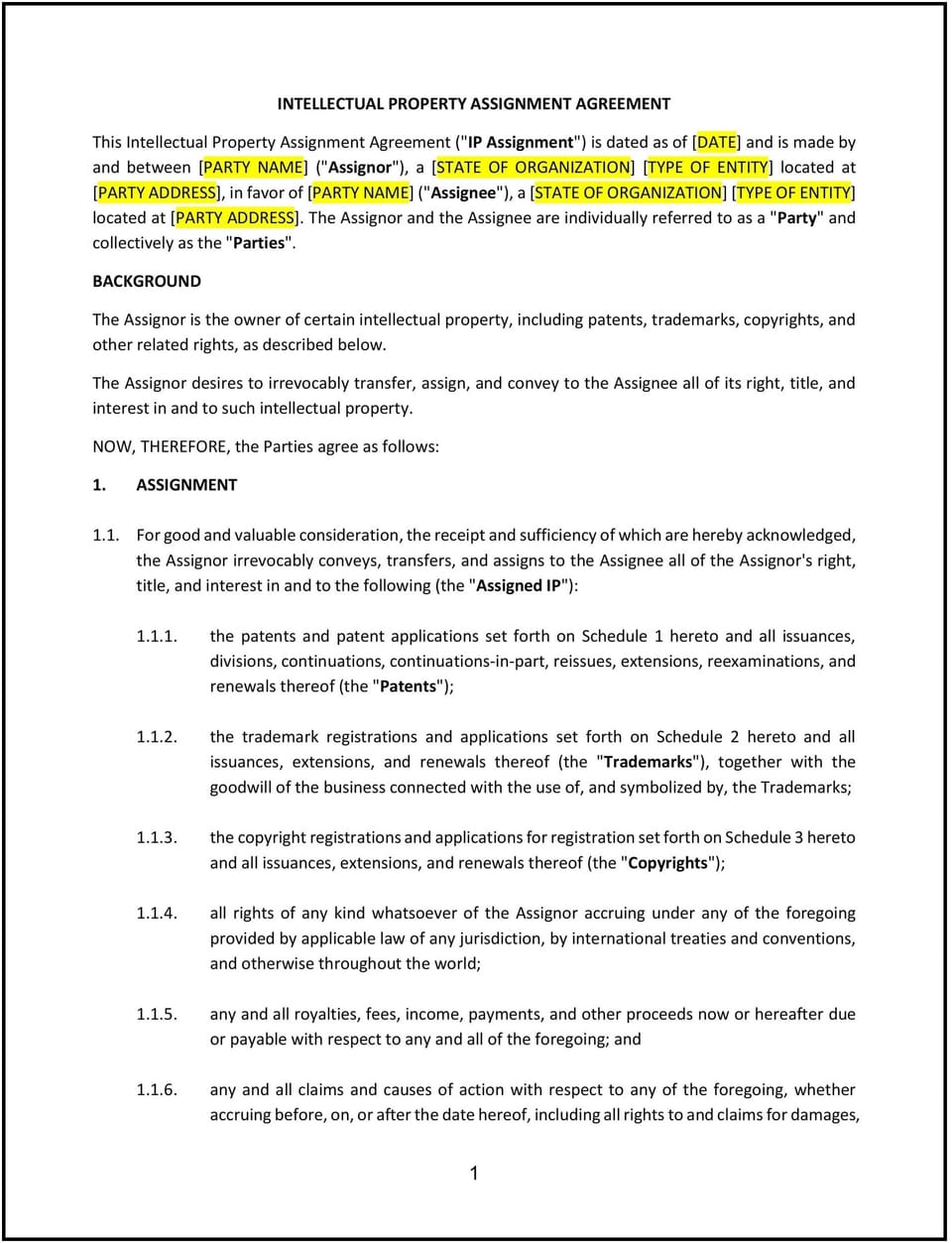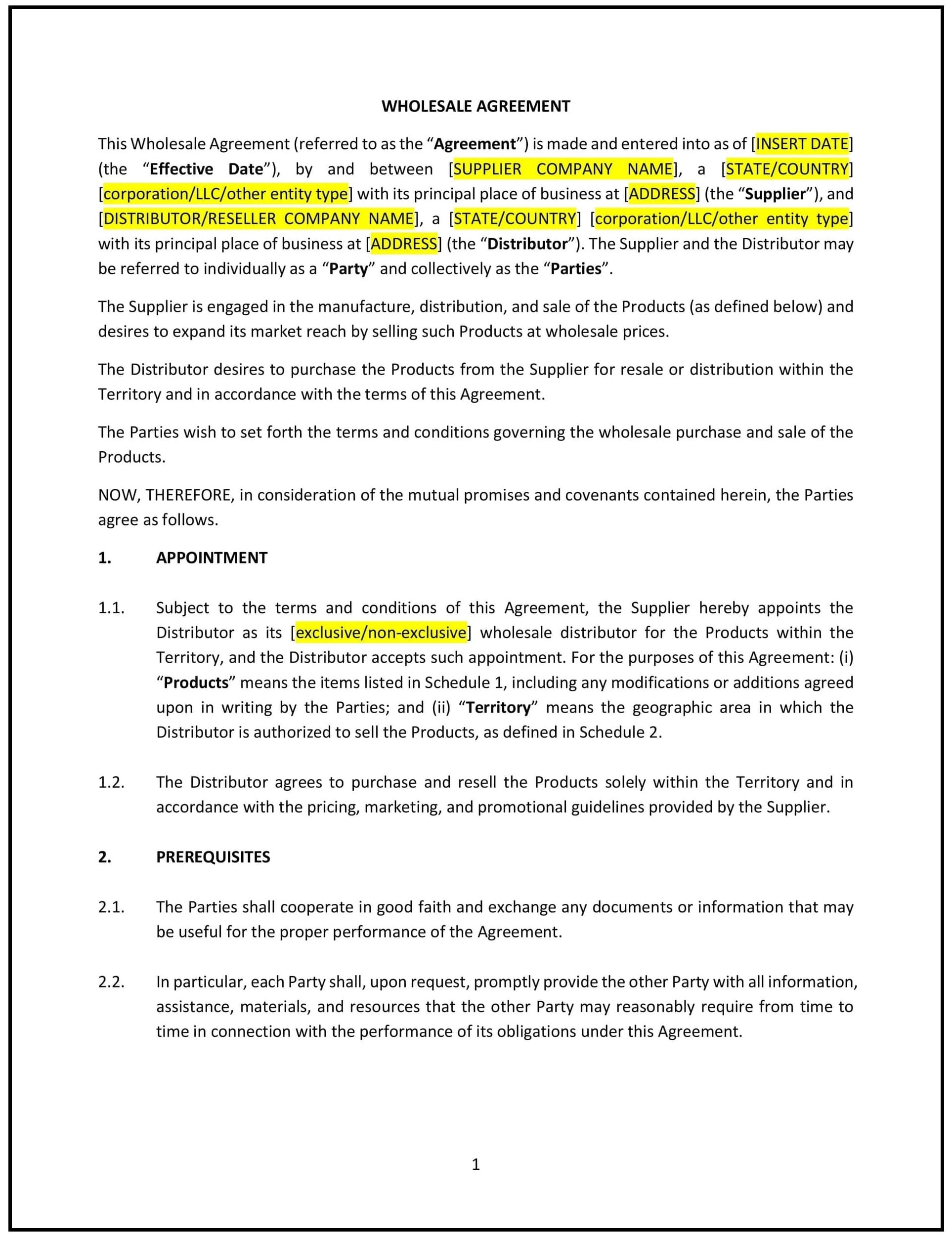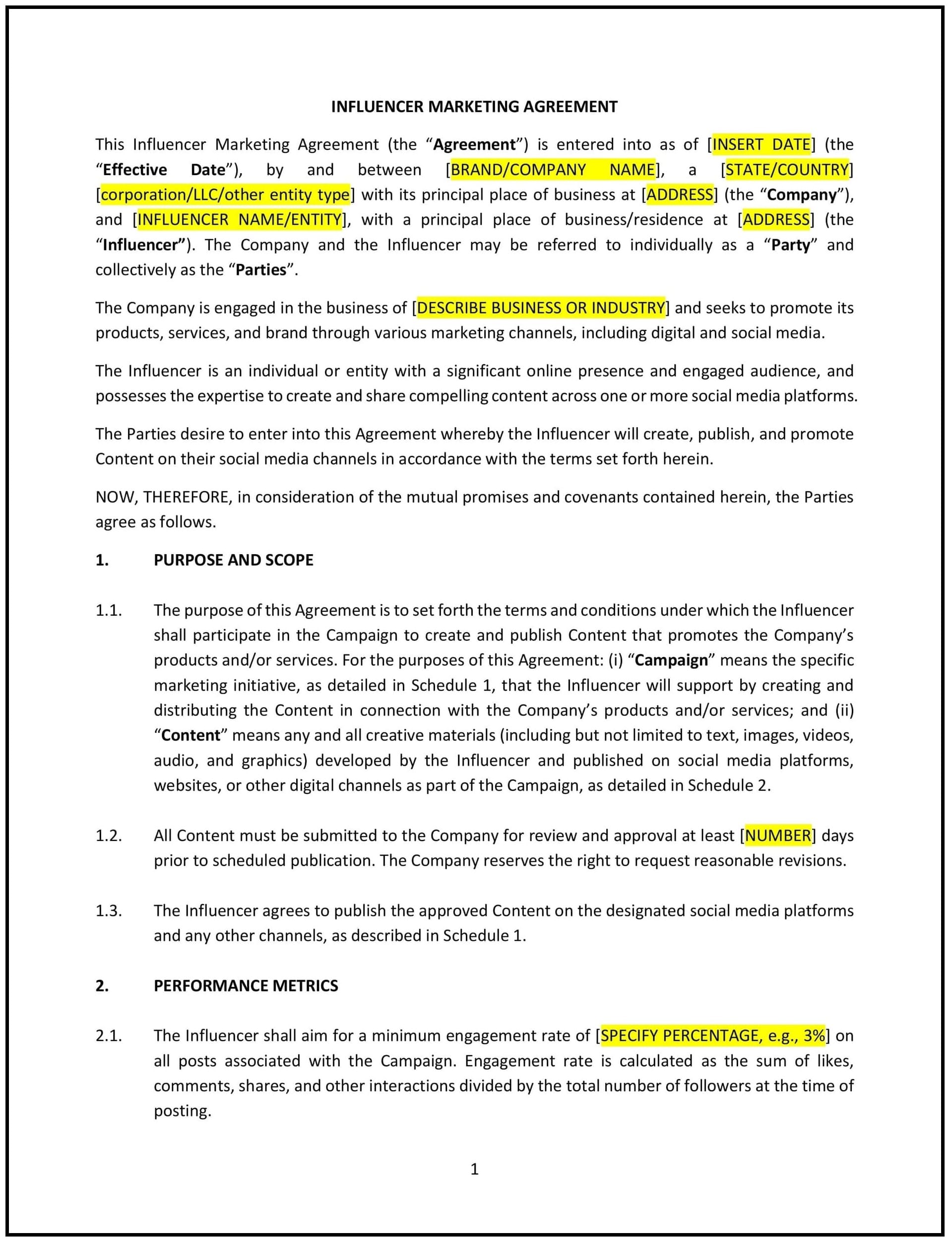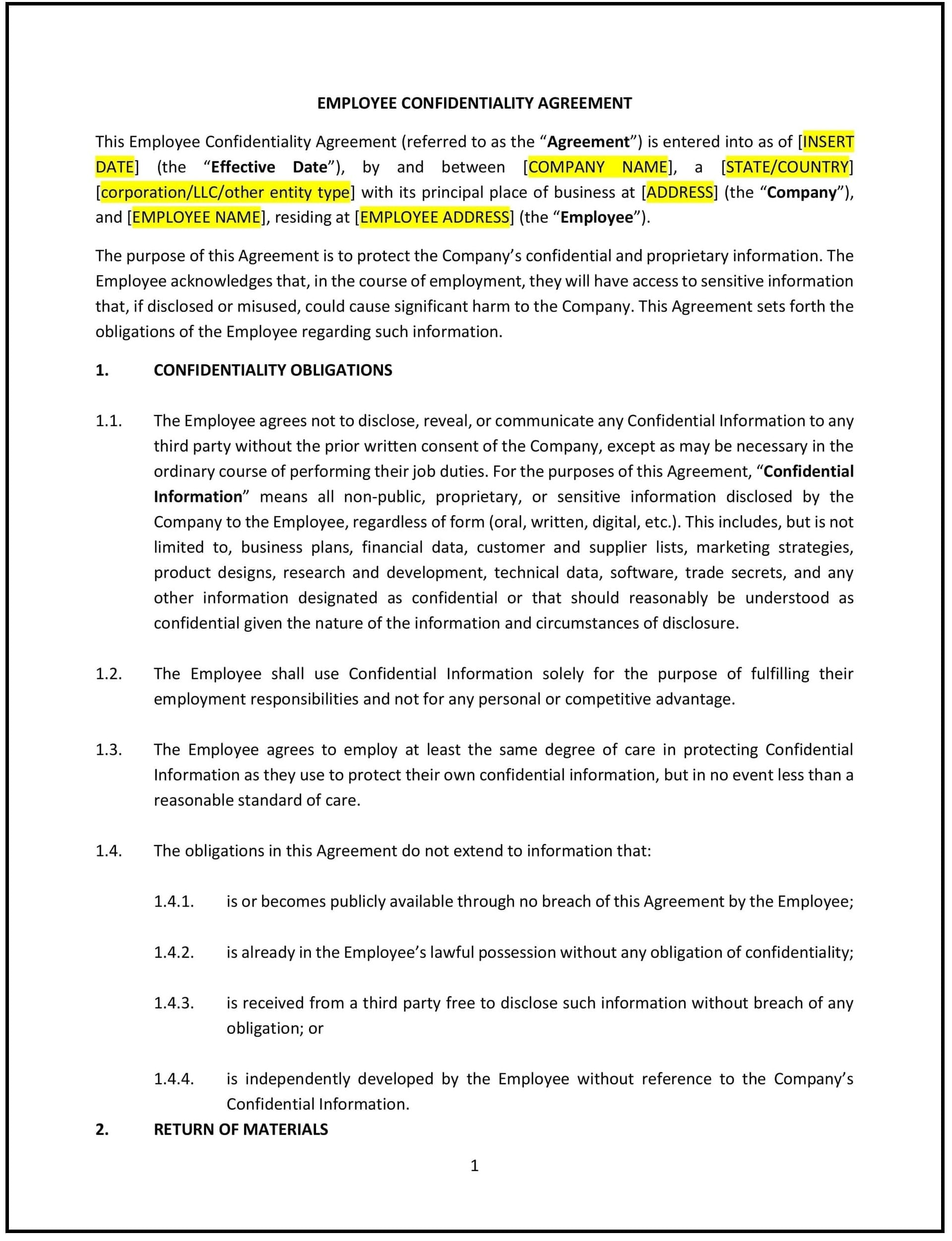Intellectual Property Assignment Agreement (New York): Free template

Intellectual Property Assignment Agreement (New York)
An Intellectual Property Assignment Agreement is a legal document that transfers ownership of intellectual property (IP) rights from one party (the Assignor) to another (the Assignee). In New York, these agreements are governed by state contract laws and must align with federal intellectual property statutes. It is crucial for businesses and individuals to clearly outline the scope of the assignment, ensure proper consideration, and meet New York’s legal standards.
For example, a New York City-based fashion brand might assign its trademarked logo to a Buffalo-based distributor as part of a licensing agreement. A well-drafted Intellectual Property Assignment Agreement clarifies ownership transfer, timelines, and adherence to New York’s requirements.
Tips for drafting and maintaining an Intellectual Property Assignment Agreement in New York
- Identify the parties involved: Clearly specify the names, addresses, and roles of the Assignor (current owner) and Assignee (new owner) of the intellectual property.
- Example: “The Assignor, [Name/Company], located at [Address], hereby assigns all rights, title, and interest in the intellectual property to the Assignee, [Name/Company], located at [Address].”
- Define the intellectual property being assigned: Provide a detailed description of the IP being transferred, including patents, trademarks, copyrights, trade secrets, or any other relevant assets.
- Example: “The intellectual property includes U.S. Trademark Registration No. 9876543, titled ‘BrandX Logo,’ along with all associated marketing materials and derivatives.”
- Specify the consideration: Outline the payment or other compensation provided in exchange for the assignment of IP rights.
- Example: “In consideration for the assignment, the Assignee agrees to pay the Assignor $150,000 within 30 days of the execution of this agreement.”
- Include warranties and representations: The Assignor should warrant that they own the IP, have the right to assign it, and that it is free from encumbrances or claims by third parties.
- Example: “The Assignor represents and warrants that they are the sole owner of the intellectual property and that it is not subject to any liens, claims, or disputes.”
- Clarify future use restrictions: Specify whether the Assignor retains any rights to use the IP after the transfer or if the assignment is exclusive.
- Example: “Upon execution of this agreement, the Assignor shall have no further rights to use, modify, or distribute the intellectual property.”
- Set confidentiality obligations: Protect sensitive information shared during the assignment process with a confidentiality clause that aligns with New York’s trade secret laws.
- Example: “Both parties agree to maintain the confidentiality of all proprietary information disclosed during the term of this agreement and for five years thereafter.”
- Outline governing law and jurisdiction: Ensure the agreement specifies that it is governed by New York law and identifies the appropriate courts for dispute resolution.
- Example: “This agreement is governed by the laws of the State of New York. Any disputes arising under this agreement shall be resolved in the courts of [County], New York.”
- Include signatures and notarization: Both parties must sign the agreement, and notarization may be required for certain types of intellectual property, such as patents.
- Example: “IN WITNESS WHEREOF, the parties have executed this Intellectual Property Assignment Agreement as of the date first written above.”
Frequently asked questions (FAQs)
Q: What makes an Intellectual Property Assignment Agreement valid in New York?
A: An agreement is valid if it is clear, mutually agreed upon, and complies with New York contract laws, including proper identification of the parties, description of the intellectual property, and consideration.
Q: What details should be included in an Intellectual Property Assignment Agreement in New York?
A: The agreement should include the parties’ details, a precise description of the intellectual property, the consideration exchanged, warranties, confidentiality clauses, governing law, and signatures.
Q: Is it possible to cancel an Intellectual Property Assignment Agreement in New York?
A: Once signed and executed, the agreement cannot be canceled unless both parties agree in writing or the agreement includes a specific revocation clause.
Q: What kinds of intellectual property can be transferred through this agreement in New York?
A: Patents, trademarks, copyrights, trade secrets, domain names, and other intangible assets can be transferred using this type of agreement.
Q: How are disputes over an Intellectual Property Assignment Agreement handled in New York?
A: Disputes are typically resolved through negotiation, mediation, or arbitration. If unresolved, disputes may proceed to court based on the terms outlined in the agreement.
This article contains general legal information and does not contain legal advice. Cobrief is not a law firm or a substitute for an attorney or law firm. The law is complex and changes often. For legal advice, please ask a lawyer.


